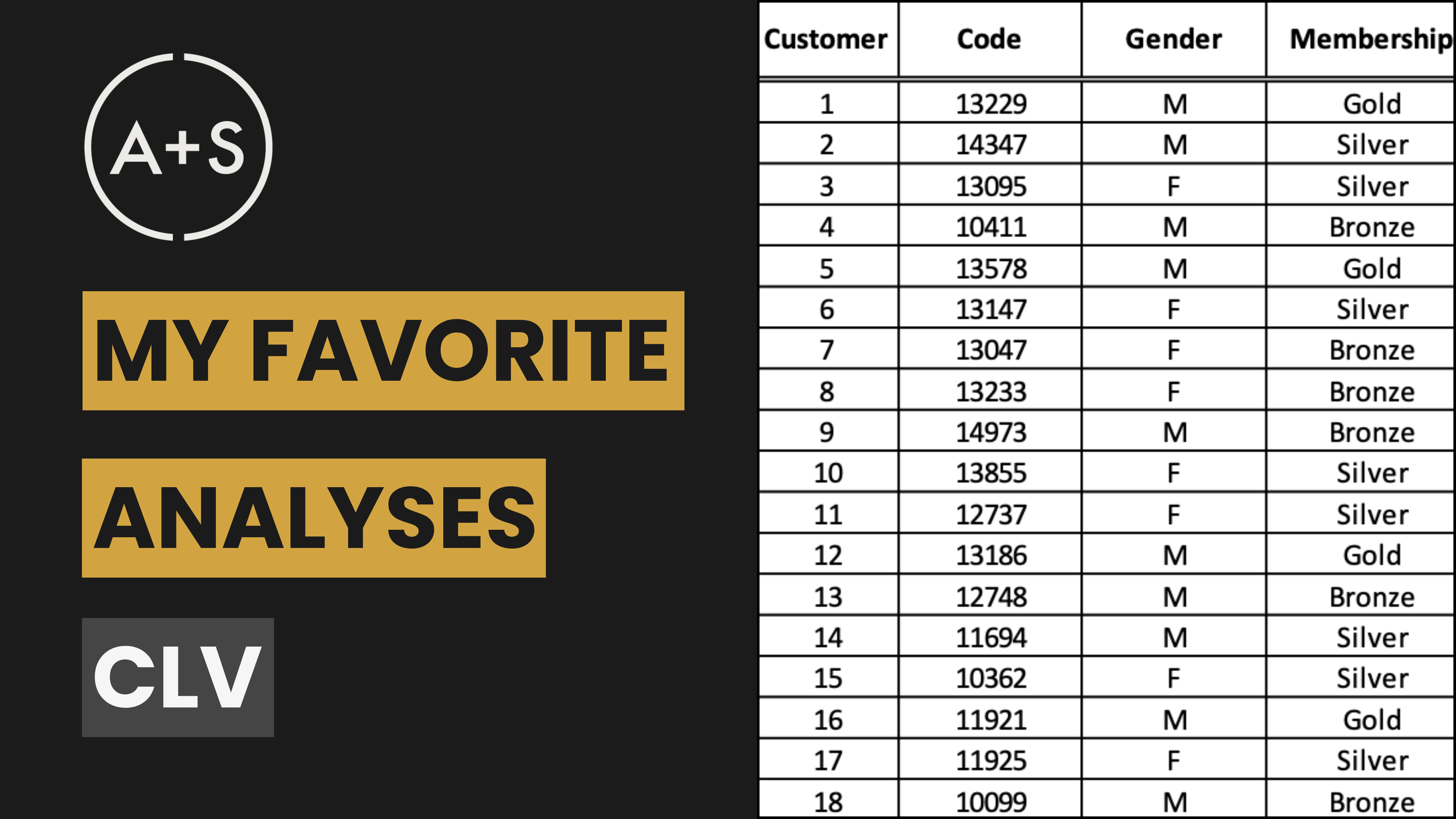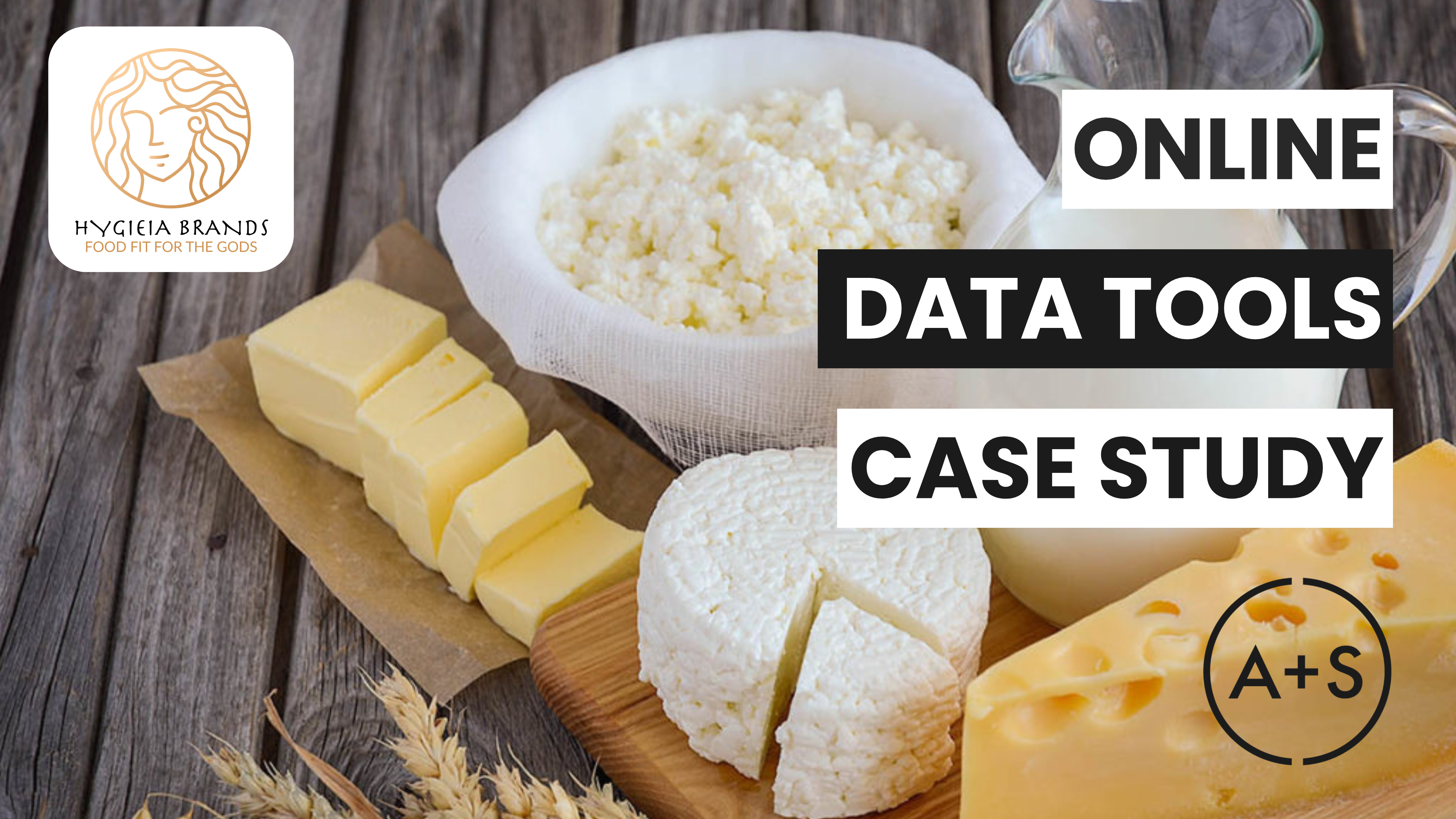In this post we are resuming our “My Favorite Analyses” series by exploring a powerful technique used by analysts to uncover underlying factors that influence consumer behavior: conjoint analysis.
Whether its applied for product development, marketing strategies, or pricing, conjoint analysis offers insight into the choices customers are willing to make. From Marriott to the Portland Trail Blazers, this method has enabled organizations to make data-driven decisions that match customer preferences.
What is Conjoint Analysis?
Conjoint analysis is a research method that examines the decision-making process of customers when faced with various product or service choices. Conjoint analysis answers, for example, questions like how much would customers be willing to pay for soy milk in their Starbucks latte? Or, what value to customers ascribe to Full Self Driving mode on a new Tesla Model Y? And it does it in a way that goes beyond simply asking customers what they want and how much they would pay for it, as customer preferences can often be (read: are always) difficult for them to articulate. Instead, conjoint analysis uses a survey technique to present customers with different combinations of product attributes and asks them to make choices between the presented options.
This approach is crucial because it imitates real-life decision-making situations. Customers are constantly faced with choices and must weigh the pros and cons of each before making a decision. And those choices are not in any way universal. For example, one customer may prioritize a lower price over a premium feature, while another may be willing to pay more for the best experience. Conjoint analysis helps businesses understand these trade-offs by quantifying which attributes are most important to which consumers and how much they are willing to pay for them.
The versatility of conjoint analysis allows it to be applied to various industries and products. Whether comparing smartphone features, hotel amenities, or sports team ticket packages, this method allows businesses to design products or services that align with what their target audience truly values.
How Do We Collect Data for Conjoint Analysis?
The main goal of conjoint analysis is to gather information on customer preferences by creating choice-based scenarios in surveys. These scenarios involve different combinations of product or service attributes, forcing customers to make decisions and trade-offs. The key is to present realistic and relevant choices to understand how each attribute influences their decision-making.
Step 1: Identifying Attributes and Levels
To gather data, we must first establish the product attributes (think features like brand, price, etc.) and the levels (variations of those features — like Ford, Chevy, or Ram for pickup truck brands) that will be used in the analysis. For instance, if you are performing conjoint analysis on a smartphone, you may choose attributes and levels such as:
- Battery Life: (12 hours, 18 hours, 24 hours)
- Camera Quality: (12 MP, 24 MP, 48 MP)
- Price: ($500, $700, $900)
- Brand: (Apple, Samsung, Google)
Each attribute represents a crucial aspect of the product, and every level corresponds to a specific variation that customers must choose between. It is essential to thoughtfully choose these attributes and levels because they should accurately represent the options customers have in the real world and the factors that impact their decision-making process.
Step 2: Designing the Choice Sets
After determining attributes and levels, we create choice sets. These are collections of product or service profiles that vary in their attributes. The most commonly used method, Choice-Based Conjoint (CBC), involves presenting customers with two or more product profiles and asking them to select their preferred option. For example, a choice set might include two different smartphone options for a respondent to choose from.
- Smartphone A: 24-hour battery, 24 MP camera, $700 price, Apple brand
- Smartphone B: 18-hour battery, 48 MP camera, $900 price, Samsung brand
Inquiring about a customer’s smartphone preference can reveal their priorities. Do they value camera quality or price? Is brand name important or do they prioritize battery life? We gather this information by presenting multiple choice sets and recording the customer’s selections. The more choices they make, the better understanding we have of their decision-making process. This allows us to gather data on how customers value specific product attributes without directly asking for their preferences.
Step 3: Data Collection Techniques
Conjoint analysis data can be gathered through multiple methods, but the easiest (and most common) is a survey. These surveys can be distributed via email, social media, or specialized platforms which has modules specifically designed for conjoint analysis, such as Qualtrics, Sawtooth Software, or SurveyMonkey. The main objective is to reach a representative sample of the target market that will realistically engage with the product or service being assessed.
The design of the survey plays a crucial role in collecting accurate data. Typically, participants are presented with 8-12 sets of options where they must assess different product profiles and make choices. Each set forces them to prioritize certain attributes over others, and the overall data gathered from these responses reveals how much value they place on each feature.
How Is The Analysis Conducted?
After collecting the data, the initial steps of analyzing conjoint analysis results involve determining what we call “part-worths” and evaluating the relative importance of each attribute. These actions are crucial in comprehending how consumers make trade-offs between various product characteristics and identifying which attributes hold more weight in their decision-making process. There are a two steps we take to do this:
Step 1: Determine Partworths (Utility Values)
The first step in analyzing the data is to compute the partworths, also known as utility values, for each level of every attribute. Partworths signify the value that customers place on specific attributes of a product, such as price, quality, or brand (because they capture how much each PART of the product is WORTH to the consumer). Essentially, they quantify how much each attribute contributes to the overall decision.
To calculate partworths, statistical models like logistic regression or hierarchical Bayesian methods are commonly used. These models take into account the data from respondents’ choices and break down the individual utility value of each attribute and level to those decisions. (Note: these are pretty sophisticated analytical techniques, so we usually let things like R or ready-built conjoint analysis computer programs do the heavy lifting for us).
The generated values tell us, for instance, how much more a customer values a 24-hour battery life over an 18-hour battery life in a smartphone, or how important the Apple brand is compared to a lower price. If respondents consistently opt for a higher-priced version with a premium feature like an upgraded camera, the utility value for that feature will be higher. Conversely, if a certain attribute, like brand name, has little influence on their decision-making, brand importance will be relatively low.
Step 2: Evaluate Relative Importance of Attributes
Once partworths have been calculated, the next step is to determine the relative importance of each attribute. This involves comparing the range of partworths for each attribute (the difference between the highest and lowest utility values) to the total utility across all attributes. The bigger the difference is between attributes’ partworths, the more important those attribute are in a consumer’s trade-off decisions. For example, if the partworth range for price is significantly wider than the range for battery life, this indicates that price has a greater impact on a consumer’s decision-making.
When businesses observe such patterns in their target market, the measure of relative importance helps them prioritize product features according to customer values. If price turns out to be the most important factor with the portion of the market they want to win, a company may decide to focus on competitive pricing strategies. If brand loyalty or specific features (such as camera quality) hold more weight, these become the focal points of marketing and product development efforts.
Understanding the relative importance of attributes gives businesses the ability to allocate resources towards the features that truly drive customer choices, ensuring that their product offerings align with what matters most to their target market.
What Does Conjoint Analysis Tell Us?
Conjoint analysis provides a wealth of insights that go far beyond simple customer preferences. It enables us to systematically and scientifically break down complex decisions to understand how customers weigh different attributes and features. Here are some of the most important things it reveals and some examples of how these insights have been applied in real life:
The Relative Importance of Product Attributes
One of the most valuable outputs of Conjoint Analysis is a clear understanding of which attributes matter most to customers. By evaluating the trade-offs they make in each choice set, we can determine the relative importance of features like price, brand, or specific product capabilities.
For example, when Marriott was designing the Courtyard brand for business travelers, conjoint analysis showed that these customers prioritized features like in-room amenities and price over luxury or aesthetic features. This allowed Marriott to build a brand tailored specifically to the needs of their target audience, maximizing customer satisfaction while controlling costs by not investing in features their customers didn’t value as highly.
How Much Customers Are Willing To Pay
The analysis doesn’t just tell us what customers like; it tells us how much they like it. The partworths and utility values quantify the value customers assign to each level of a product attribute. These partworths give us a detailed view of how much each attribute is worth to the consumer and how much they’re willing to pay for specific features.
In the case of Apple vs. Samsung, conjoint analysis was used to estimate the dollar value of specific design elements, such as the touchscreen. By understanding how much value consumers placed on this feature, Apple could demonstrate the economic impact of Samsung’s alleged patent infringement.
How A Market Will Respond To Product Packages
One of the most powerful tools conjoint analysis provides is the ability to run market simulations. By using the data gathered from customer choices, analysts can create models that simulate how the market would respond to new product features, pricing strategies, or even a new competitor entering the market.
Let’s take the Portland Trail Blazers as an example. The team used conjoint analysis to figure out how fans valued different aspects of ticket packages, such as seat location, pricing, and game quality. Based on these insights, they were able to simulate different pricing models and tailor ticket packages that maximized both fan satisfaction and revenue. This simulation allowed the Blazers to see how changes in pricing or seat options would affect purchasing decisions, helping them create packages that appealed to their target audience while increasing sales.
The uses for conjoint analysis are endless and valuable. Its applications include understanding how sensitive customers are to pricing and predicting their behavior. With the ability to simulate real market conditions, businesses can utilize this tool to experiment with various product configurations and identify the most effective pricing strategies. Additionally, conjoint analysis aids in segmenting customers and comparing against competing brands in the market. Ultimately, this method allows businesses to minimize risk, maximize ROI, and stay competitive in constantly evolving marketplaces.
Final Thoughts
Conjoint analysis provides valuable insights that businesses can use to understand the driving factors behind customer choices. By determining which product features are most important and adjusting pricing strategies accordingly, this analysis gives you a data-driven understanding of how to prioritize attributes for your customers. Whether you’re in the process of creating a new product or making significant decisions about an existing one, conjoint analysis ensures that those choices are based on real customer preferences rather than assumptions. It may just be the analysis technique you and your business need.
Thank you for being part of the Art+Science community. If you have questions, want to learn more, or experiences to share about conjoint analysis let us know! Hearing from our readers always makes our day.




